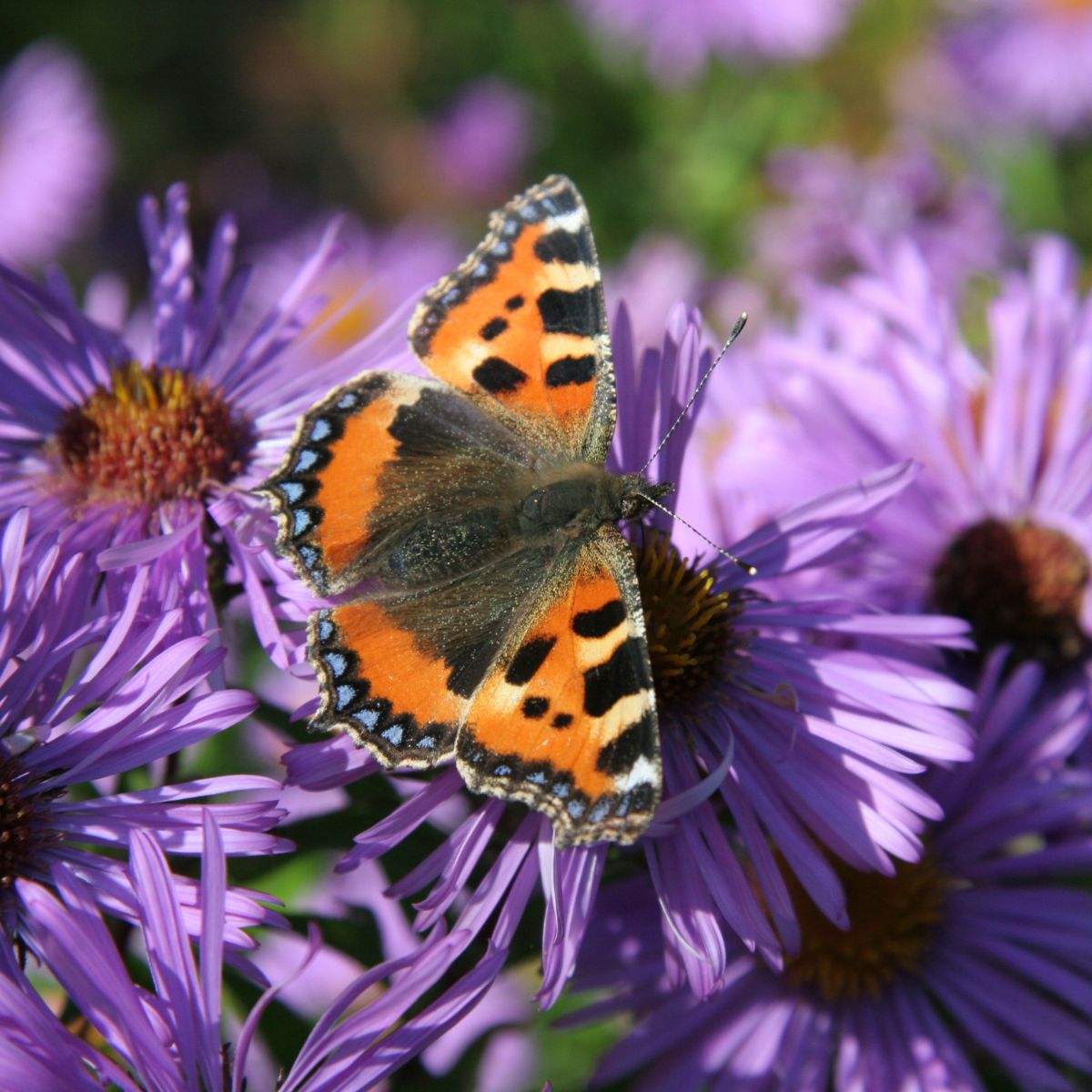
Attracting wildlife to your garden year round should always be an attraction to all garden enthusiasts regardless of whether you have a small courtyard, a busy family garden, or vast grounds, there are lots of things you can do to give nature a home.
With this in mind, we collaborated with Calum Maddock, gardening expert from Home How, to discuss how to attract different wildlife into your garden, including plants and materials to implement, those to avoid, and other considerations to be aware of. Read on to find out more…
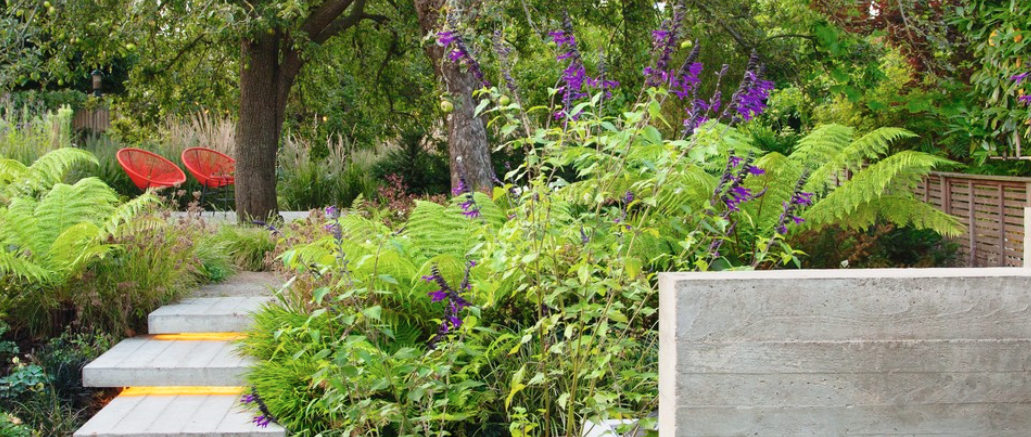
Birds
According to Calum, birds are welcomed by gardeners for many reasons. One is because they eat a lot of insects and therefore reduce the need for pesticides. Another is that they can help fertilise plants with their droppings.
Some birds build nests in trees or hedges and others may even use man-made birdhouses. If you don’t have the space or would prefer not to buy a birdhouse, then you need the right plants to ensure birds take up residence in your garden. Look at including large shrubs or trees for nesting. When it comes to providing cover for the birds include dense grasses and weed-like plants.
Plants that Attract Birds:
Many different plants attract birds. There are trees, vines, shrubs and even weeds that all attract different species of birds. You can use just one plant or combine many different types of plants to create your bird-friendly garden. Almost any flowering plant will work. Some examples include:
· Anise Hyssop – attracts finches, juncos, and sparrows
· Aster – attracts goldfinches, blue jays, buntings
· Bee Balm – attracts finches, sparrows, juncos, redpolls, as well as butterflies and bees
· Black-Eyed Susan – attracts goldfinches
· Calendula – attracts goldfinches
· Coneflower – attracts blue jays, finches, northern cardinals
· Sunflowers – attracts buntings, cardinals, chickadees, grosbeaks, nuthatches, sparrows, woodpeckers
Many trees can serve as a habitat for birds, whilst also providing food. The seeds of many different types of fruit are eaten by birds so having a fruit tree in your garden can be a bonus. If you want to attract more birds into your garden, then planting some fruit trees would be a great idea.
Materials to Attract Birds:
Birds are attracted to many different things. Some materials which will aid in attracting birds are:
· Water
· Bird feeders
· Birdhouses
· Birdbaths
· Nesting material
· Food sources
One of the most important things is water – many birds have a hard time finding clean, fresh water in which to bathe and drink. Birds will often go out of their way to get to water sources if they need it.
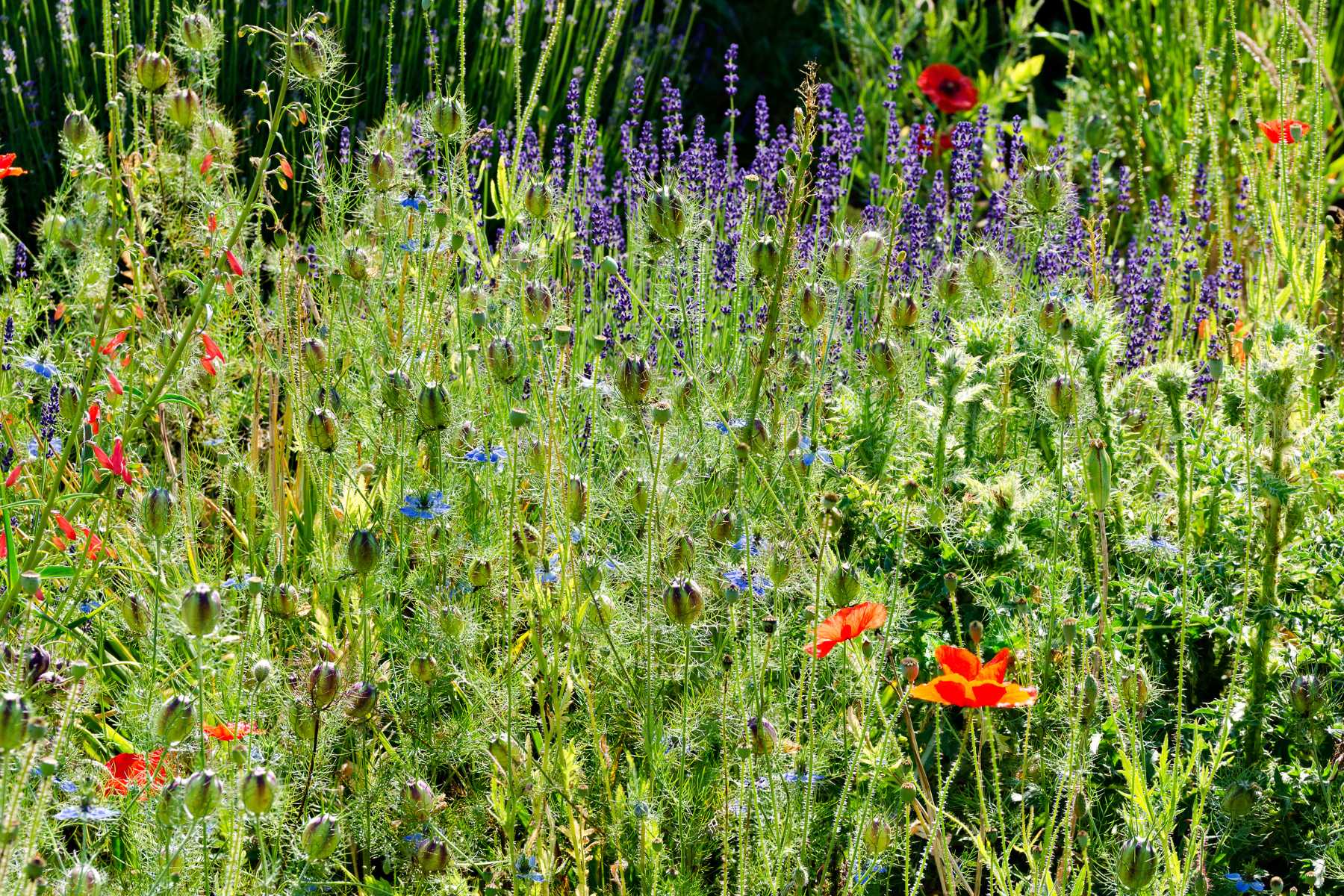
Mammals
Mammals should be welcomed in gardens and can be easily attracted to a garden if it is designed to suit their needs.
Plants That Attract Mammals:
They have a variety of feeding and shelter preferences including:
· Plant matter
· Fruit
· Insects
· Shrubs and trees
· Tall hedges and grasses
One of the most important ways to attract them is by creating shelter in your garden so that they can live and breed successfully. The best way to do this is by planting large shrubs and hedges that create shelter from the wind. Here are the plants you should consider:
- Hedges instead of fences – grow a variety of plants along the hedge bottom, e.g. dog’s violet, garlic mustard and hedge woundwort. It will become a wildlife haven
- Tip: If you do have a fence make sure to cut a five-inch hole in the bottom of one fence panel to allow small animals to easily pass through
- Plants that produce lots of berries – such as berberis and pyracantha – are particularly good at attracting mammals/birds to your garden
- The flowers, fruits and leaves of wild cherry feed a variety of bees, caterpillars, birds, and mammals including mice and badgers
Materials That Attract Mammals:
Mammals are attracted to many different things. One of the most important of these is water. Like birds, many mammals have a hard time finding clean, freshwater to drink, so will go out of their way to get to water sources. If you want to attract wildlife into your garden, then having an artificial water feature in your garden would be a great place to start. If you don't have the space for one, then a simple bowl of water in a sheltered and safe area will also help attract animals.
Also, many mammals are nocturnal – to ensure that all mammals can live in your garden, it is best to design different areas for night-time and day use.
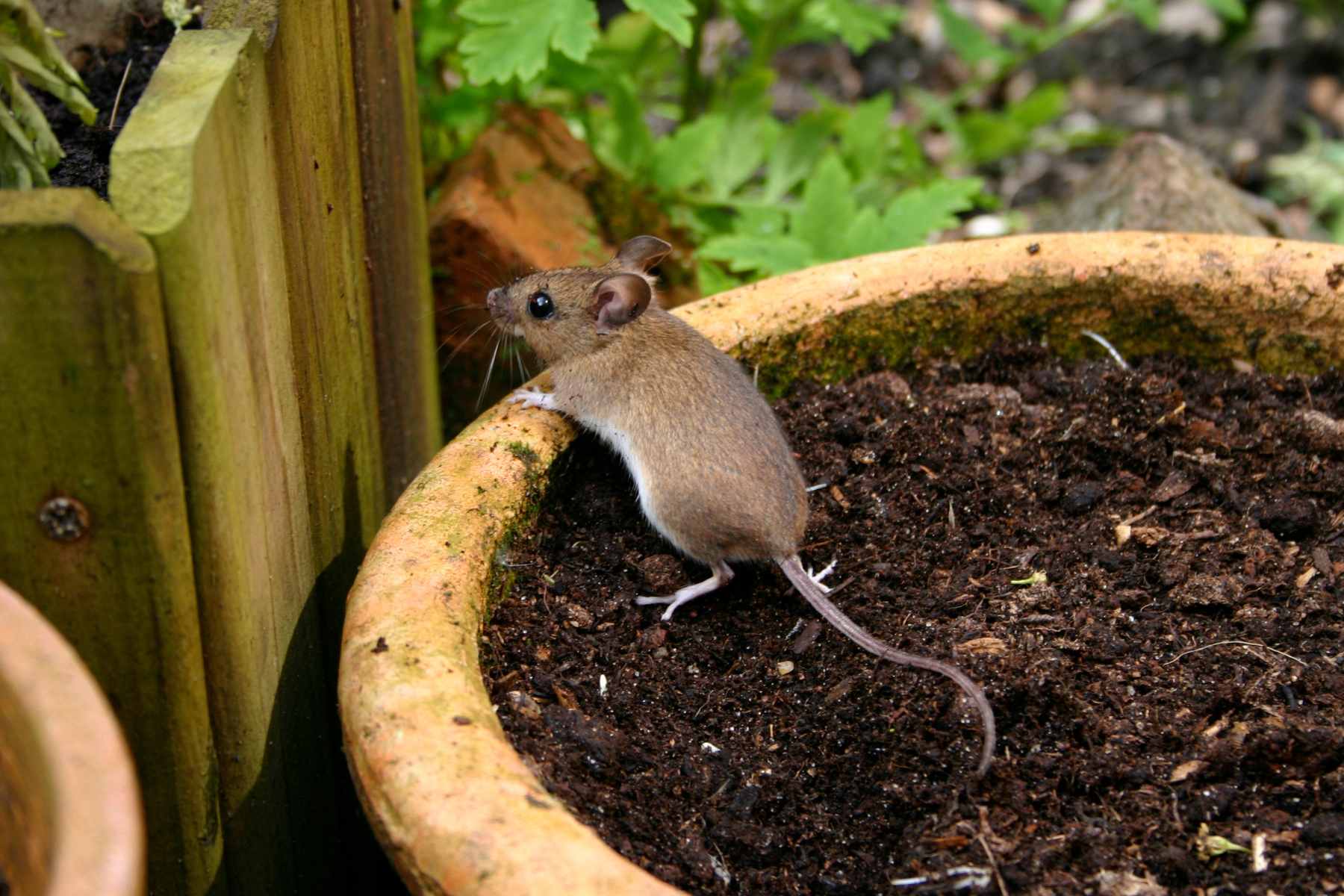
Amphibians
Amphibians can be found under logs or rocks, on land near freshwater habitats. To attract amphibians to your garden you need to make sure that they have food sources such as:
· Insects and worms
· Planting native species, such as cranberry, primrose and water mint
Plants That Attract Amphibians:
· Water mint (Mentha aquatica) – this plant can survive in moist soil and can help provide shelter for amphibians and some ground-dwelling animals. Like many mints, it also has a delicious aroma and will help to attract pollinators such as bees
· Primrose (Primula vulgaris) – this plant can be found in a variety of different habitats and is native to Europe, Asia, and North America. It is known for attracting many different types of pollinators such as butterflies, moths and bees
· Cranberry (Vaccinium macrocarpon) – cranberries can be found in moist, boggy habitats. They are one of the only native species of plant that grow in these types of conditions and provide important food sources for native animals such as birds, reptiles, and amphibians
Materials That Attract Amphibians:
Toads and frogs need a safe place to live so by providing long grass or piles of logs you will attract them. You can also help amphibians with the installation of a rain garden, they tend to like damp habitats which is why they are commonly found in woodlands. You don't need to dig a pond to keep amphibians happy, in the autumn, amphibians will look for suitable sheltered places where they can hibernate until the spring.
This is what you should do:
· Log piles provide good shelter, but frogs, toads and newts will also find suitable places in hedge bottoms, compost heaps and under boulders or feature stones
· Allowing fallen leaves to remain on lawns can provide a place for frogs to hibernate, while also providing homes for invertebrates
· Amphibians will also hibernate in the silt at the bottom of ponds, so make sure you only de-silt once every five years, and before the hibernating process has begun
Insects
Insects are usually the most abundant type of wildlife in any garden. They are found on land, in water or in trees. To attract insects to your garden you need to make sure that there are:
· Food sources – such as flowering plants with varying blooming times
· Plenty of places for them to live in – piles of logs, rocks, ponds, compost bins
Plants That Attract Insects:
· Borage (Borago officinalis) – this is a lovely flowering plant that not only attracts bees and other pollinators but is also said to be beneficial for your garden by protecting your plants from aphids and slugs
· Cosmos bipinnatus – also known as Mexican aster or just plain old cosmos, this flower is very easy to grow from seed and is said to be a butterfly magnet
· Verbascum – this plant comes in many different forms and can be called Mullein, Velvet or Flannel plant and it has been commonly grown in gardens for hundreds of years. It can provide a habitat for all sorts of insects such as butterflies, bees, and moths
· Honeysuckle (Lonicera periclymenum) – the Honeysuckle Bugles are very popular right now because they attract bees, butterflies and other pollinating insects
· Mints – these plants are great for attracting bees, ladybirds and hoverflies
Materials That Attract Insects:
· Stone borders – stone or wooden walls can make great homes for insects, especially if they are covered in moss
· Log piles – if you have the space then leave some logs lying around in a pile in the corner of your garden, this is where insects will thrive
· Beehives – bees are vital for our food production, without bees, there would not be any crops or fruit trees. You can attract bees by planting things like lavender, thyme and rosemary which are known to help produce gorgeous flavours in the honey harvested from these sweet little insects
· Butterfly houses – these are usually made from a metal mesh which forms a house shape. The mesh is usually white to attract the most light
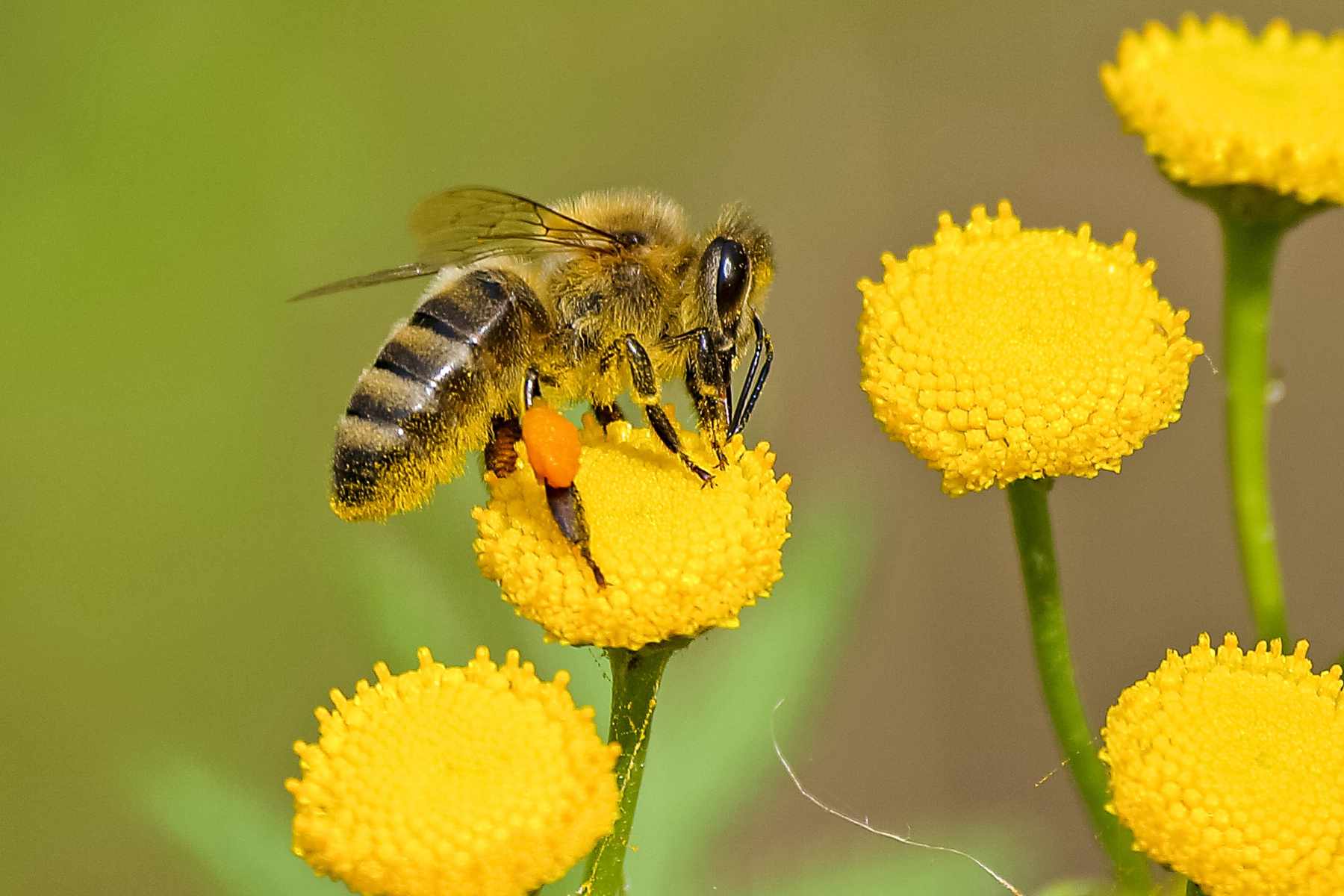
Other Layout and Design Considerations
Is the garden too small to have a real impact? A garden is like a habitat, and it will attract certain insects and wildlife depending on the type of plants you use. If your garden is too small then you may not be able to attract as many species but even one plant can make a difference, especially if that plant has both flowers and berries.
Here are a few other things that you need to think about:
- Is there enough food for them?
- How many plants will you need to attract certain species of insects and birds etc?
- Are the plants native to your area or are they from more tropical climates where the growing season is longer?
- Is it large enough for all of the species which you want to attract?
It is also worth remembering that some plants can be harmful to wildlife even if they look good. These types of plants should not be used:
· Non-native species – these can often take over an area and displace the local species as well as changing the ecosystem of that area.
· Invasive plants – some plants such as ivy, which spreads rapidly, should not be used.
· Aggressive plants – these are plants that grow very tall or large and can take over an area. They often have showy flowers but the problem is that there are no other small plants to create a nice mix
· Poisonous plants – these are common garden plants which if eaten by animals can cause death.
o Tip: The top five plants to avoid are - deadly nightshade, foxglove, lords and ladies, monkshood, and poison hemlock
There are also considerations based on where you live. The main consideration is the amount of time and effort you want to spend on your garden. If you live in a rural area then it may be easier to introduce plants that are native to that area as they will already have the right conditions such as soil quality etc. If you live in an urban area then you will need to think about the amount of light that comes into your garden and also consider including water features in your design (such as a pond feature if you can).
We hope these tips inspire you to make your garden more wildlife-friendly this year!

